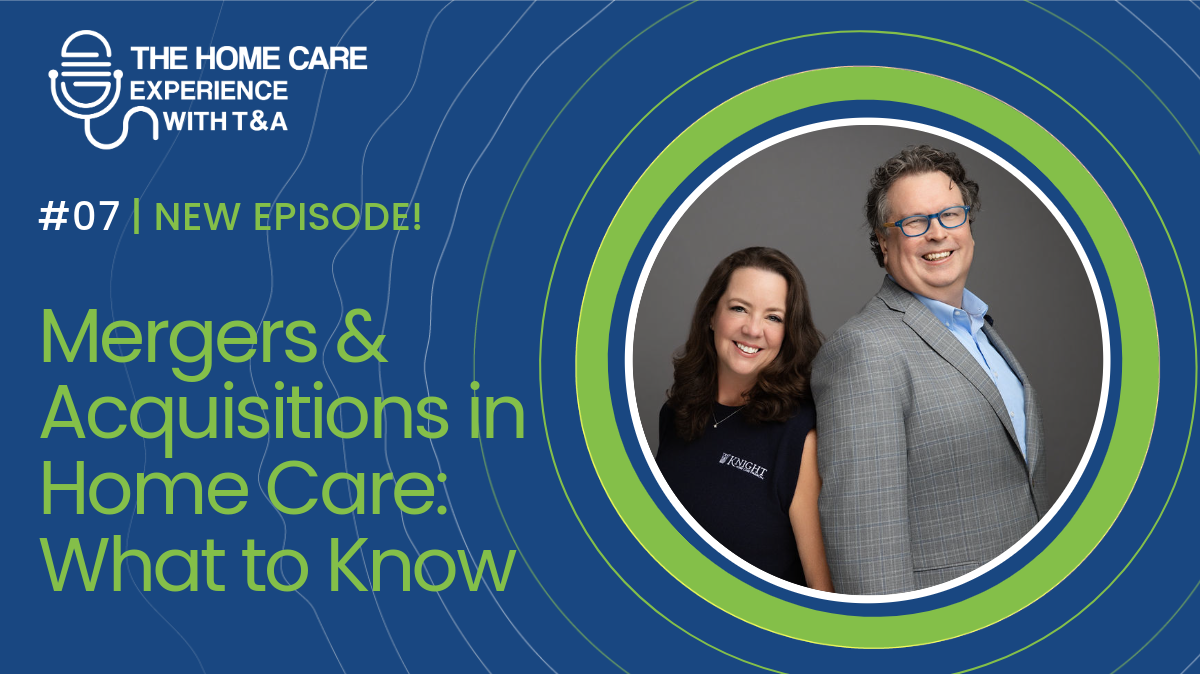As a healthcare provider, it is important to understand key earnings and cost metrics to better support your business. Traditional companies may focus on earning metrics such as profit, cost, and days sales outstanding. However, key performance indicators (KPI’s) focused on financial analytics can be established to suit the needs of every business. A healthcare provider is no exception.
How to Establish Key Financial Analytics for a Healthcare Provider
As with any business, it’s important to have an established objective in mind when setting up an analytics system. It’s not beneficial to have multiple analytics that don’t benefit the management of the business. Instead, look at specific areas of the business into which you would like to have more insight.
If you are concerned about costs, you can set up specific metrics to analyze costs associated with a particular area, such as the average cost of providing home care to a senior. Another metric could analyze the average insurance claim processing time and cost.
Whatever metrics you decide to track, they should provide you with enough value and insight to make better decisions about how to manage your healthcare provider company.
It’s also important to give enough time to review financial analytics before making assumptions. Metrics can change significantly from week to week. Allow at least several months of data to establish a baseline before making a strategic change.
Understanding the Criteria Needed to Establish a Metric
Each metric that you use to measure operational success should meet the criteria for an effective measurement. Good questions to ask when establishing a metric include the following:
- Is the metric measurable?
- Can this KPI be used to make a decision, or is it out of our control?
- Does the metric contribute to our overall objectives or strategy?
- Is the KPI simple to understand?
- Will the metric still be relevant in the future?
Once you’ve established your metrics, you can ask a reliable individual to measure the KPI’s on a regular basis. Knight Home Care Financial provides a reporting package for healthcare providers designed to assist with financial analytics that can be used to make strategic business decisions.
Popular Metrics Focused on Financial Analytics for Healthcare Providers
There are a variety of metrics that a healthcare provider can use to measure success. A few of them are listed below.
Room Occupancy Rate
For an assisted living facility, this is an excellent metric to track because it indicates if the facility is able to provide safe care and if additional space is needed. If occupancy rates are consistently high, this can indicate that additional rooms may be needed.
Average Stay
This measure is another good metric for a hospice or assisted living facility. By tracking the length of the average time of stay by patients, healthcare providers can make better assessments on when rooms will come available. They can also create more accurate forecasts for associated revenues and costs.
Average Treatment Charge
The average treatment charge is a great way to measure a healthcare provider’s efficiency and revenues.
While long-term care for a patient typically will remain within a margin once the appropriate care plan is determined, this metric is a good way for health care facilities to establish a baseline. Care facilities can also create a more granular metric by classifying care plans by type.
Average Insurance Claim Processing Time and Cost
This metric can be used to identify those insurance companies that are quicker to resolve claims than others. It can also be used to identify methods of reducing processing time, such as submitting claims in a more timely fashion or ensuring specific documentation is included when a claim is submitted.
Claims Denial Rate
Measuring claims denial rate is important for healthcare providers. When claims are denied, it’s important to understand the reasons why they were denied and make adjustments to the documentation process to reduce the frequency of occurrence.
After all, if your healthcare provider business is constantly fighting denied claims, you’ll spend a lot of extra time on the phone with insurance companies rather than taking care of your patients.
Cost Per Visit
Determining the average cost per visit can be used to measure the effectiveness of treatments or care provided. It can also be used to assess the costs that are necessary for each visit, such as the expense of nurses, physicians, or the administrative team.
Cost Per Day
For home care facilities that provide daily care to their patients, it is important to understand the cost necessary to support them. Understanding these costs can lead to business decisions made to either decrease costs or increase the efficacy of daily care.
About Knight Home Care Financial
Knight Home Care Financial is dedicated to assisting healthcare providers with financial services to grow and sustain their businesses. We provide bookkeeping and reporting solutions customized directly with the needs of our clients. If you are interested in learning about our accounting and reporting packages, contact us to schedule a consultation today.




